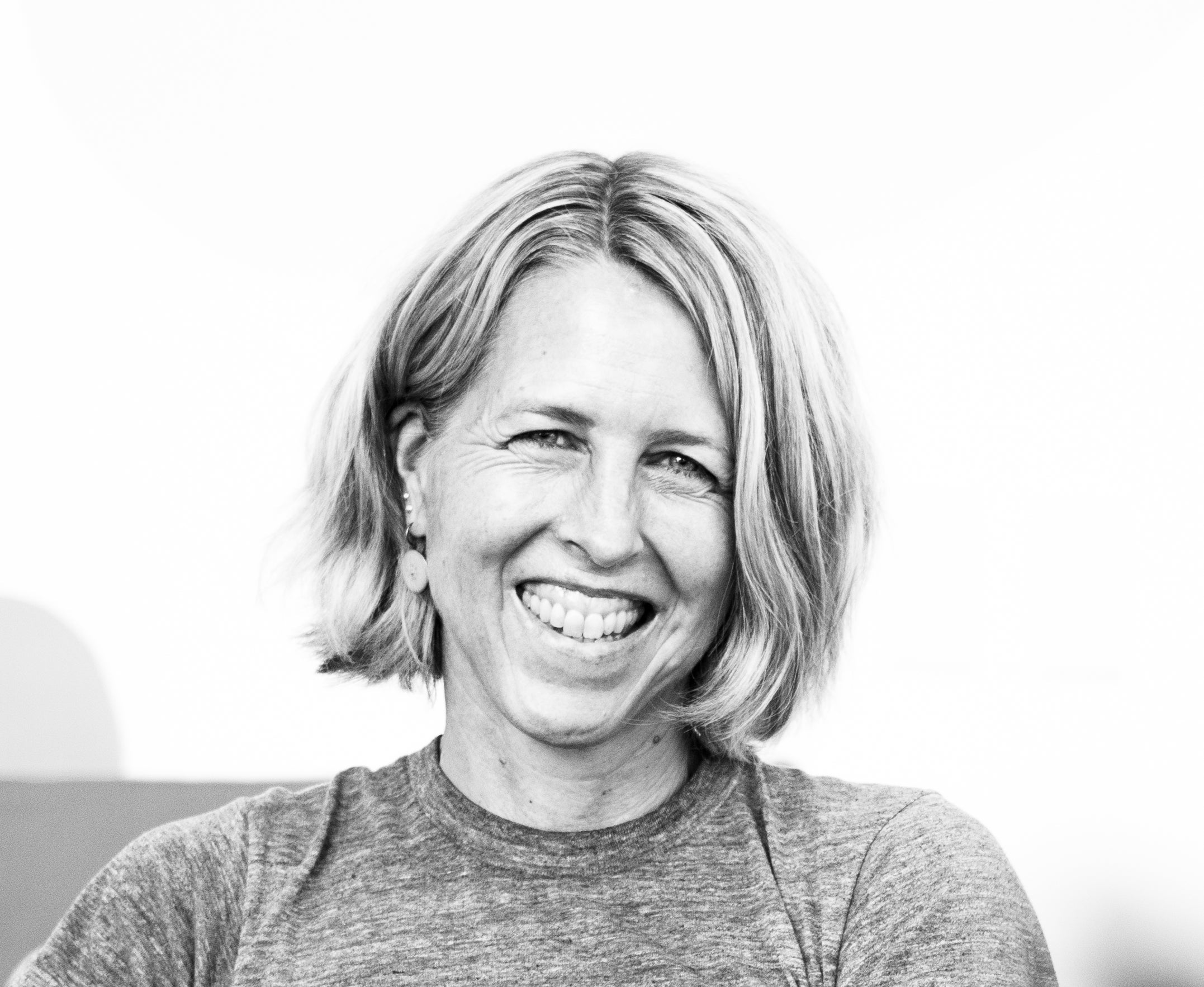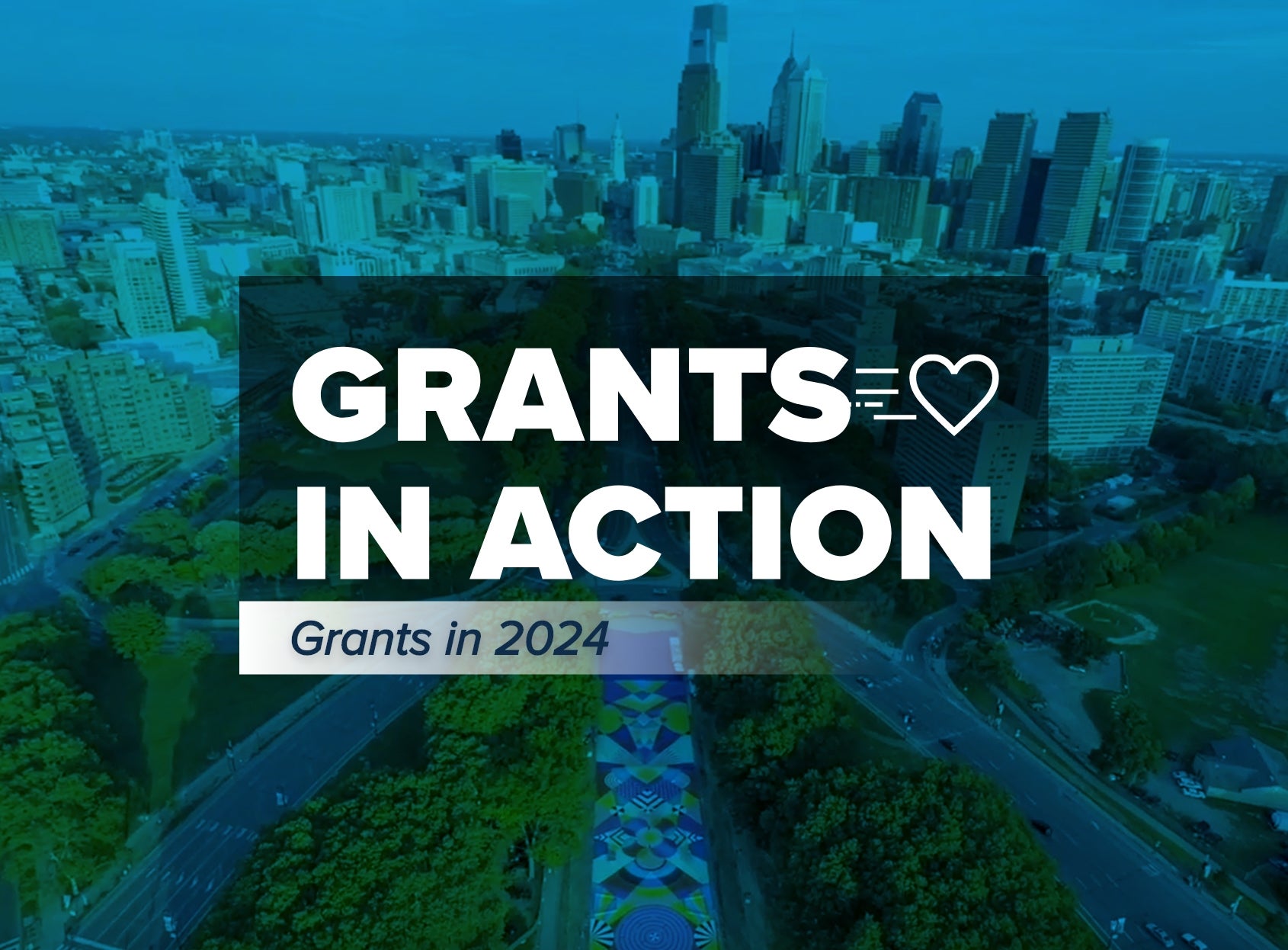Why The Way We Define Environment is Critical for Our Future

When you think about taking action for the environment, you might picture collecting trash on the beach, planting trees or attending a climate march. These initiatives make a difference—and this difference is both deepened and amplified when the communities being impacted are included. To make true and lasting change, we must go beyond the traditional definition of environmental action and operate in the language of connection, envisioning a healthy, regenerative and just world for all.
We often view topics like reproductive health and crisis response to natural disasters as purely social issues, but each of these is deeply intertwined with the future of our planet. Crisis response is only effective if the needs of residents and the realities of our changing planet are addressed in tandem. That’s why organizations like International Medical Corps, a humanitarian organization with disaster response teams around the world, and World Central Kitchen, which serves meals to people in need on the front lines of disasters, are 1% for the Planet Environmental Partners. They are operating where people and planet connect.
Reproductive health is another important example of the many ways the health of our environment is connected with human well-being. As 1% for the Planet describes in our position statement on reproductive health, “Family planning services are proven to be critical climate adaptation strategies that allow communities, families and individuals to be resilient to changing needs and pressures brought about by climate change, as well as being one of the most impactful carbon reduction strategies available.” Environmental Partners WINGS Guatemala and Shared Action Africa are two examples of organizations in the 1% for the Planet network working to improve reproductive health for women and girls.
Redefining “environment”
As the leader of a global network of businesses and environmental organizations, 1% for the Planet is advancing a more inclusive definition of environment that incorporates social issues, reframing our thinking and practice to demonstrate that humans and nature cannot be seen as separate.
This is a recent shift for our organization. In 2022, we went through an intensive process to redefine “environment” and re-categorize the work of our environmental partners in a way that fully acknowledges the vital connections between people and the planet. We landed on four impact areas—Rights to Nature, Conservation and Restoration, Resilient Communities, and Just Economies—with four specific impact targets under each. Many of the 16 impact targets are at the intersection of social and ecological issues and align closely with the United Nations Sustainable Development Goals. We recognize that tackling climate change and working to restore ecosystems can only be successful if the voices, values and well-being of impacted communities are centered.
Redefining “environment” helps us understand the complexity of today’s challenges, from the impact of air pollution on human health to the connection between housing affordability and resilience to natural disasters. But a definition must be put to use to make a difference.
Turning words into action
When a business becomes a member of 1% for the Planet, they join a global community of more than 5,000 members that donate 1% of annual sales to environmental organizations. Business members are responsible for making donations directly to environmental partners, which our team verifies before businesses use our logo. But how do members choose which causes to give to? And how do they know their dollars are going to mission-aligned organizations that meet their giving goals? Partnership advising. Through our partnership advising services, we provide our members with expertise on their giving strategy—so members feel confident in their giving and our team can continue to identify and drive funding toward causes that may be overlooked and underfunded.
Another example of how we apply our broad definition of “environment” is the 1% for the Planet Impact Fund at National Philanthropic Trust, a philanthropic fund that combines the power of philanthropy with a robust portfolio of environmentally-focused investments. NPT serves as the fund manager, sponsor and fiduciary of the Planet Impact Fund and CapShift serves as the investment advisor. Using the framework of our four impact areas and expertise in environmental philanthropy, 1% for the Planet provides philanthropic advisory services to NPT, including the sourcing and vetting of grantmaking opportunities.
Global impact
There are countless examples of how organizations, businesses, governments and individuals are taking a more holistic approach to environmental action and the positive impact it is having. At COP26 in Glasgow, Scotland in 2021, a full day of the conference was dedicated to gender, which resulted in commitments from several countries to promote gender equality—both for the direct benefits to women and as a climate positive strategy.
I encourage all of us—as professionals, parents, donors and humans who care deeply about the future of the planet—to continue to think beyond the boundaries we create with our words. Who or what is excluded when we look for solutions within a narrow definition of environment?
I will leave you with a memorable moment from COP26: the moving speech by Brianna Fruean, a Samoan activist, who presented seeds to participants with this reminder: “The beautiful thing about seeds is that you need to be selfless enough to be content in the fact that you may not eat the fruit or bear the flowers of these seeds that you have planted, but feel that it was worth it, knowing that your children will live with its beauty.”
About 1% for the Planet
1% for the Planet is a global organization that exists to ensure our planet and future generations thrive. We inspire businesses and individuals to support environmental nonprofits through membership and everyday actions. We make environmental giving easy and effective through partnership advising, impact storytelling and third-party certification.
Started in 2002 by Yvon Chouinard, founder of Patagonia, and Craig Mathews, founder of Blue Ribbon Flies, our business members and individual members have given hundreds of millions of dollars to our approved nonprofit partners to date. Today, 1% for the Planet’s global network consists of thousands of businesses, individuals and environmental nonprofits working toward a better future for all.
The statements expressed here represent the author’s opinion at the time of publication and may change without notice. Further, the information in the document has been printed on the basis of publicly available information; internal data and other sources believed to be true and are for general guidance only but which may have not been verified independently. While every effort is made to ensure the accuracy and completeness of information contained, the company takes no responsibility and assumes no liability for any error/omission or accuracy of the information. Recipients of this material should rely on their own judgments and conclusions from relevant sources.
NPT does not provide legal or tax advice. This blog post is for informational purposes only and is not intended to be, and shall not be relied upon as, legal or tax advice. The applicability of information contained here may vary depending on individual circumstances.
The views and opinions expressed in this guest blog are solely attributable to 1% for the Planet.


